ART/CULTURE
Q&A with Cheryl Dunn
Back in 2010, South Street Seaport Museum commissioned photographer and filmmaker Cheryl Dunn to make a short film about street photography to celebrate its exhibition about Alfred Stieglitz. Faced with such a strong and positive reception, Cheryl, herself a street photographer, went onto what ended up being a three year endeavor to expand Everybody Street into a feature length film. The film features some iconic figures in street photography including Bruce Davidson, Elliott Erwitt, Joel Meyerowitz, Mary Ellen Mark, Clayton Patterson, Ricky Powell, Martha Cooper, Boogie, and Luc Sante just to name a few, but also chronicles the history of New York City, probably the most photographed city in the world, through the eyes of these pioneers. The film will premiere in New York on November 11th at Nitehawk Cinema and will be available to download simultaneously. Periscope talked to Cheryl about the film at her studio in the Financial District.



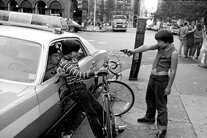


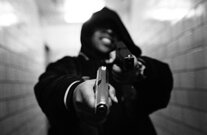

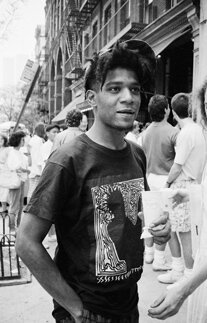

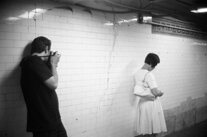
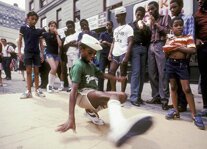
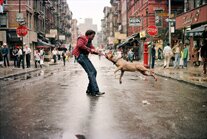


RSS Feed